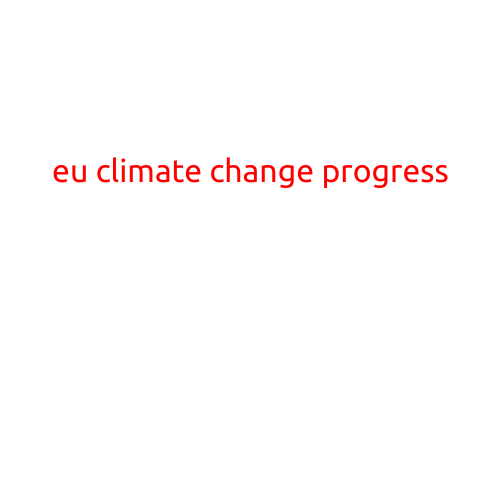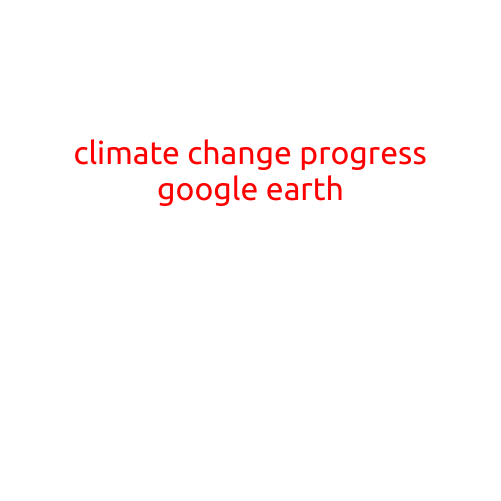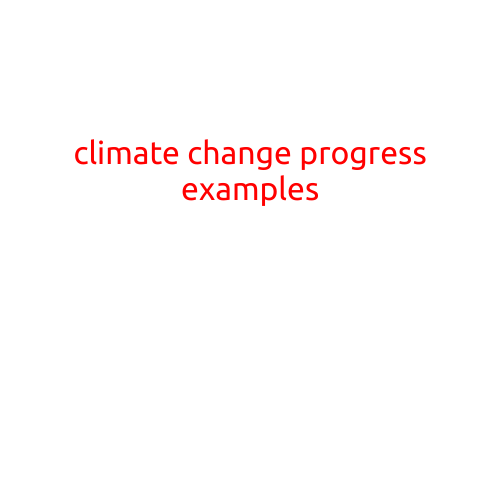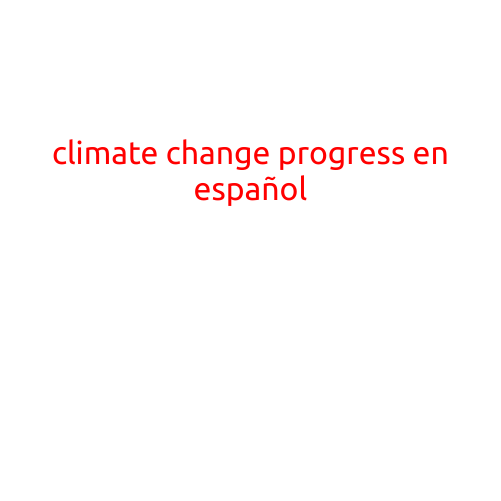
EU Climate Change Progress: A Step in the Right Direction
As the world grapples with the urgent issue of climate change, the European Union (EU) has made significant progress in recent years to reduce its greenhouse gas emissions and transition to a more sustainable economy. Since the adoption of the Paris Agreement in 2015, the EU has implemented a range of policies and measures to meet its ambitious climate targets.
A Ambitious Target
In 2018, the EU set a binding target to reduce its net greenhouse gas emissions by at least 55% by 2030 compared to 1990 levels. This is a significant step towards achieving the goal of limiting global warming to well below 2°C above pre-industrial levels and pursuing efforts to limit it to 1.5°C, as agreed upon in the Paris Agreement.
Renewable Energy
One of the key areas of progress has been the rapid growth of renewable energy in the EU. In 2019, renewable energy accounted for 34% of the EU’s gross final energy consumption, up from just 19% in 2005. Solar and wind power have been particularly successful, with offshore wind power becoming a major contributor to the EU’s clean energy mix.
Emissions Reduction
The EU has also made significant progress in reducing its greenhouse gas emissions. Carbon dioxide (CO2) emissions from fossil fuels have decreased by 22% since 1990, despite a 35% increase in economic output over the same period. Emissions from transport, which was previously a major challenge, have also decreased, thanks to the introduction of more efficient vehicles and alternative fuels.
Electrification of Transport
The EU has also made significant progress in electrifying the transport sector, with electric vehicles (EVs) becoming increasingly popular. In 2020, EVs accounted for nearly 5% of new car sales in the EU, up from just 1% in 2015. The EU has also set a target to have at least 50% of new car sales be electric by 2035.
Carbon Capture and Storage
The EU has also made significant progress in developing carbon capture and storage (CCS) technology, which captures CO2 emissions from power plants and industrial processes and stores them underground. The first commercial-scale CCS project in the EU was launched in 2012, and several other projects are currently under development.
Green Finance
The EU has also taken significant steps to mobilize green finance, which is crucial for the transition to a low-carbon economy. In 2019, the EU launched the European Green Bond Standard, which sets criteria for green bonds and provides a framework for investors to ensure that their investments are aligned with the EU’s climate goals.
Challenges Ahead
While the EU’s progress on climate change is significant, there are still many challenges ahead. The EU’s climate targets are still ambitious, and the transition to a low-carbon economy will require significant investment and innovation. The EU will also need to continue to work with other countries to achieve the goals of the Paris Agreement.
Conclusion
The EU’s progress on climate change is a step in the right direction, and the region has made significant strides in reducing its greenhouse gas emissions and transitioning to a more sustainable economy. However, there is still much work to be done, and the EU will need to continue to push forward with innovative policies and measures to achieve its climate goals.





